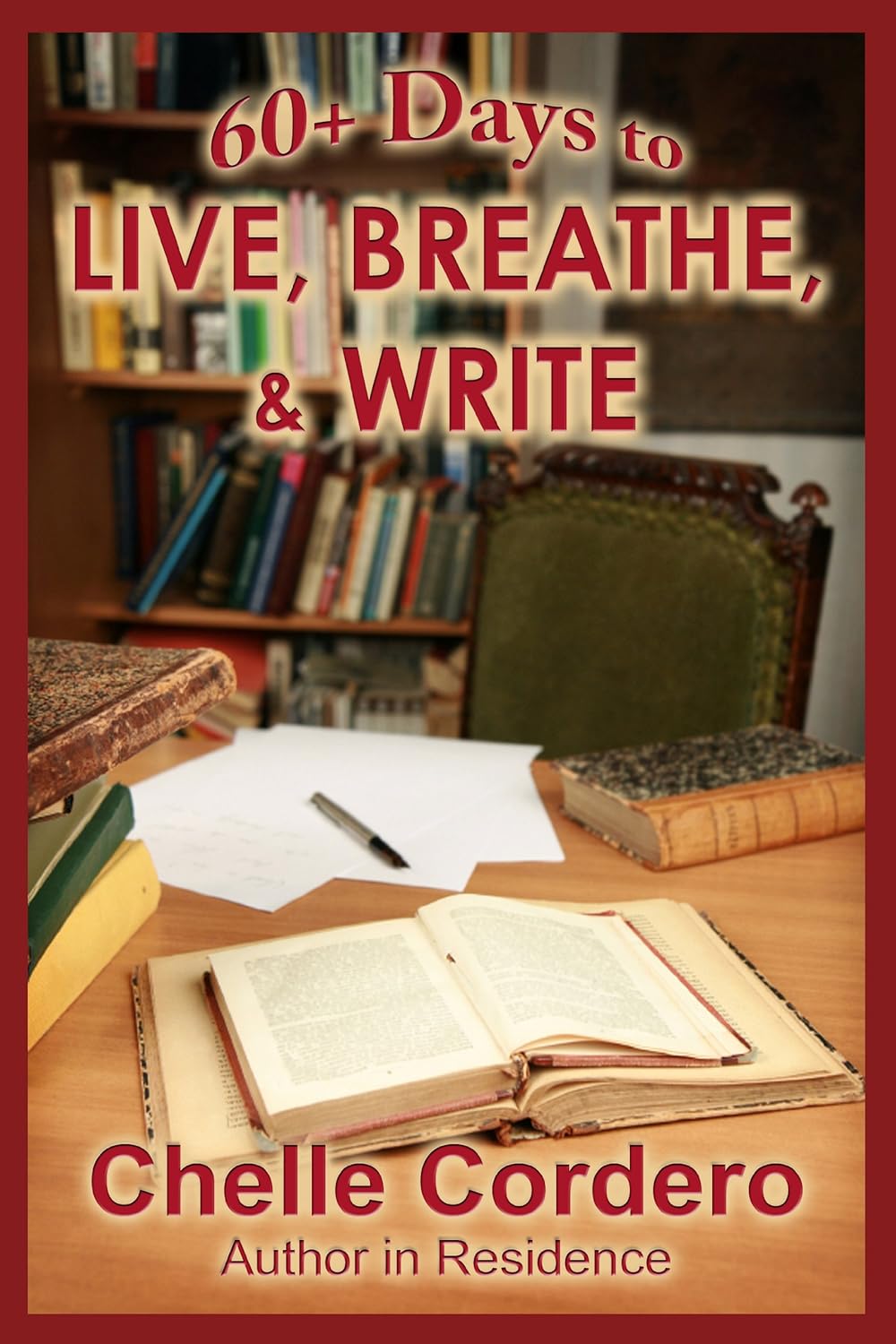Look Who’s Talking Now…
Storytelling is done from a point of view, POV, and there are four choices the writer can choose to tell his story – 1st, 2nd, and 3rd limited or unlimited.
1st person narrative is told from the perspective of a major character. Like all perspectives this can be colored by emotions, fears, motive and misunderstanding. In other words, the perspective can be skewed and not necessarily the truth, but it is the way the character sees things.
The following is told in 1st person: "I was sitting and watching TV when Joe entered the room. He looked stressed and I tried to get him to calm down. Joe paced and refused to talk." Notice that Joe LOOKED nervous, but we weren’t told how he was feeling. In 1st person, the narrator only knows what he or she is seeing or hearing, but cannot get inside the other person’s head.
2nd person is least likely to be used in a work of fiction; you’ll find 2nd person in self help guides and instruction manuals. "You need to sit quietly and visualize a quiet beach. Think about the waves gently lapping at the shore." Or if it’s in a novel, it might read, "You could almost hear the silence after Brenda made her announcement. Seeing the pain on the groom’s face just makes you want to hide."
2nd person point of view talks directly to the reader. It would be difficult to maintain a storyline effectively using 2nd POV especially something as lengthy as a novel.
3rd person limited tells the story from a character’s point of view, but only one character at a time (scene or chapter) The writer can share the emotions and senses of that character from within the mind, but when talking of other character’s reactions it is only what the first character sees or hears.
John was overtired and frustrated as he watched Rachel pouring another drink. Rachel smiled as she handed him the drink, but he could see the smile didn’t reach her eyes. Somehow he would find out what she was thinking, but in the meanwhile he was going to enjoy having her company for the evening.
The reader only learns what is in "his" head and what his feelings are. We know that Rachel seemed phony only because that was the way it looked to John.
3rd person unlimited allows us to move from head-to-head to see the action from each ones point of view. This method is most like watching a movie where the reader has a chance to learn the different perspectives. A writer has to be careful how quickly he "head-hops" so as not to confuse the reader.
Dan wanted to convince her to stay with him. "I promise you’ll be safe." He was willing to put his life on the line for her. Janet was wary. He had no idea how guilty she was feeling, she knew she had brought this on herself.
"I can’t let you put yourself in danger."
"But I would do anything for you." Right now all Dan could think about was wrapping his arms around her and never letting go.
Beginning writers are cautioned to remain consistent with whatever POV they choose to write in. There are times when combining different points of view helps to tell your story. In my novel Final Sin I used 3rd person unlimited for all of my major characters, but I had the unknown murderer appear now and then in 1st person. Since the villain was mentally ill, his point of view was skewed as only he could see things.
Writing Exercise: Imagine that you are meeting, for the first time, with a friend who you haven't seen for at least 10 years - write approximately 3 paragraphs telling us about your conversation. Do a little bragging about your own accomplishments.
Writing Prompt: Finish these sentences: 1) My greatest flaw… 2) No one… 3) My worst fear is… 4) I was arrested because… 5) My worst day began with…
60+ Days to Live, Breathe, & Write
Due to demand and the overwhelming desire of her readers for more great information about being a successful and productive writer, Chelle Cordero and Vanilla Heart Publishing present 60+ Days to Live, Breathe, & Write – previously published as Living, Breathing, Writing, Volumes 1 and 2. This combined collection gives both the aspiring writer and the accomplished writer two complete months of lessons about the craft of writing and being a writer, from time management to social networking, organizing queries to publication, the business of being a writer, and more. Includes more than 100 brain-starting exercises, business activities, and prompts to help you get those words on paper, and create your successful writing career. These short lessons and activities have been previously published as part of the acclaimed Amazon Kindle blog Living, Writing, Breathing available by subscription for Kindle owners, and consistently in the Top 100. Make the writing life the life for you! These hints, tips, essays, lessons, and activities for new and established writers cover such subjects as Querying, Marketing, Grammar, Dialogue, Blogging, Finances for Writers, Expanding Your Readership, and more! Chelle Cordero's experience as both a multipublished novelist and long-term freelance journalist, in addition to her successful Kindle Blog, Living, Breathing, Writing, will give you information and ideas... activities to spark your imagination, 'up' your writing game, develop your skills, and guide you through the business of writing and being a writer.







No comments:
Post a Comment